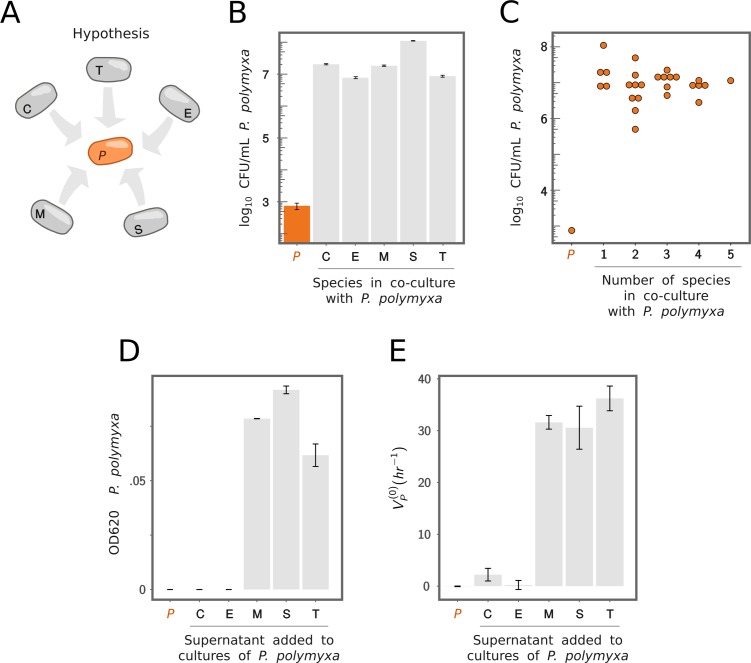Fig 4. Redundancy in the ecological facilitation of P. polymyxa explains higher-order interactions.
(A) If growth of P. polymyxa is facilitated by any and all of the other species, this facilitation may be redundant. Species are designated as C, B. cereus; E, B. megaterium; M; B. mojavensis; P, P. polymyxa; S, B. subtilis; and T, B. thuringiensis. (B) P. polymyxa grows in the presence of any of the other species (gray bars) but not in monoculture (orange bar). CFUs were determined by colony counting of serially diluted cultures after 48 hr of growth at 30°C. Error bars represent ±SE. (C) P. polymyxa grows to a comparable density as a part of a pair, trios, or higher numbers of other species in the consortium. This strongly suggests redundancy in the facilitation mechanism. (D) P. polymyxa growth (quantified by the final OD620 after 24 hr of culture, initialized at OD620 = 0; mean ± difference of two independent biological replicates) in our growth media supplemented with a 1:10 dilution of the filtered supernatant of each of the other species (Methods). (E) Function (VP(0)) of P. polymyxa monocultures shown in (D) (mean ± difference of two independent biological replicates). CFU, colony forming unit; OD, optical density at 620 nm.

